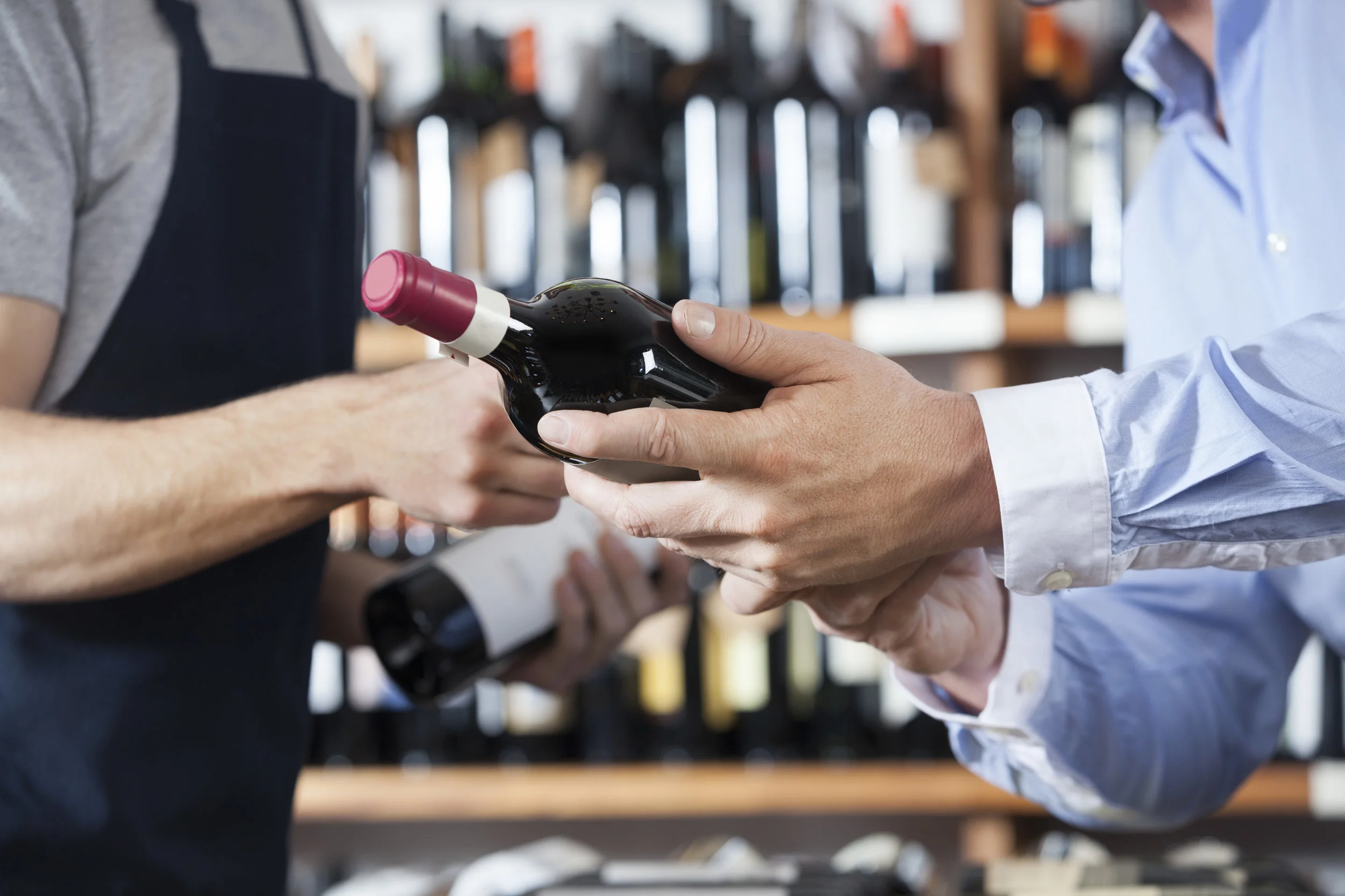Serving Temperature
Managing temperature for wine service can be difficult enough in a restaurant, let alone on a yacht. Things become extra tricky on board because storage space is limited, and what space is available is often not suitable for wine storage from a temperature control point of view. The issue of temperature is crucial to maximise wine’s potential. Temperature is a key factor in how wine tastes, alongside grape variety and the type of glass used. Warm temperatures will increase the release of aroma molecules and make the wine taste more alcoholic, seeming heavier and less fresh. Cold temperatures, on the other hand, will reduce the release of aromas and mask some off-flavours, making the wine seem crisper and fresher. The ideal service temperature will depend on the style of the wine, including its complexity, body, colour and sweetness.
White & Rosé Wine
Most white and rosé wine should be served cool to maximise the delicate flavours of the wine and enhance its freshness. However, wines with medium or full body – often oak-aged – are potentially more complex, and will benefit from being served only lightly chilled, between 10-13°C. This will include most white Burgundy, many premium Chardonnays from the New World, and white Rhône blends. A crisp, light to medium-bodied white wine, such as a Sancerre, most rosé or Pinot Grigio, benefit from a cooler temperature of around 7-10°C. Most fridges today are around 4-6°C, so if taken directly from a refrigerator it will most likely be too cold initially. If this is the case, rinse the wine bottle in warm water for a minute or so. The best option, however, is to store the wine at the correct temperature in the first place.
Red Wine
The term “room temperature” is common when it comes to wine service. It dates to a time before central heating, when 15-18°C was the average household temperature. This expression is no longer correct, however, as most households, restaurants and, indeed, yachts, have a temperature of between 20-24°C, depending on the season. This temperature range is too warm for wine and would have an adverse impact upon how it tastes. Nonetheless, most wine books today continue to refer to the ideal red wine serving temperature as “room temperature”.
Just like white wines, different styles of reds require different temperatures. A light-bodied red, like a traditional Valpolicella or a Beaujolais, will benefit from being served lightly chilled at around 13-14°C. A medium or full-bodied red, like Bordeaux, Rhône or Australian Shiraz, should be served between 15-18°C. If your yacht is lacking proper wine fridges, just put the red bottle in the fridge a while before serving to bring its temperature down to the correct level.
Sweet Wine
Sweet wines benefit from the coolest temperatures, around 6-8°C. The reason for this is their high sugar content. A lightly-chilled sweet wine will often seem heavy and cloying, and lacking in freshness. As the cold temperature also gives the impression of an overall fresher and crisper wine with higher acidity, it’s imperative to serve sweet wines well-chilled. At the wrong temperature, a sweet wine can easily seem out of balance.
Sparkling Wine
The range of temperatures for serving sparkling wine is wide, between 6-10°C. A light-bodied, simple wine like most Prosecco, Asti and Cava, will benefit from being served at around 6-8°C, enhancing its freshness and light fruit characteristics. A more sophisticated vintage Champagne, however, would need higher temperatures to fully open up and release all its complexity. Around 10°C would be more suitable in this case.
Fortified Wine
There are many different styles of fortified wine, and ideal service temperatures will vary according to style. The most common styles in yachting are Port and Sherry. White Port should be served well chilled, tawny Port lightly chilled, and vintage Port at room temperature. Classic Fino Sherry is best served chilled at around 7-10°C, while Oloroso and Amontillado should be served lightly chilled.
Practical Considerations
It’s virtually impossible to achieve the perfect serving temperature for each and every wine. To start with, there are very few yachts equipped with adequate wine fridges to accommodate the guidelines discussed above. Additionally, if served on a hot summer day on the aft-deck, the temperature will change rapidly as soon as the wine is poured into the glass. Especially if the service is taking place in a hot temperature, it is better to have the white or rosé wine on ice, even if it may be too cold at first. This way, the wine will be pleasant to drink for longer than it would if you were to start serving at the correct temperature. With indoor service, in a cool environment, it is easier to serve at the correct temperature from the outset.





